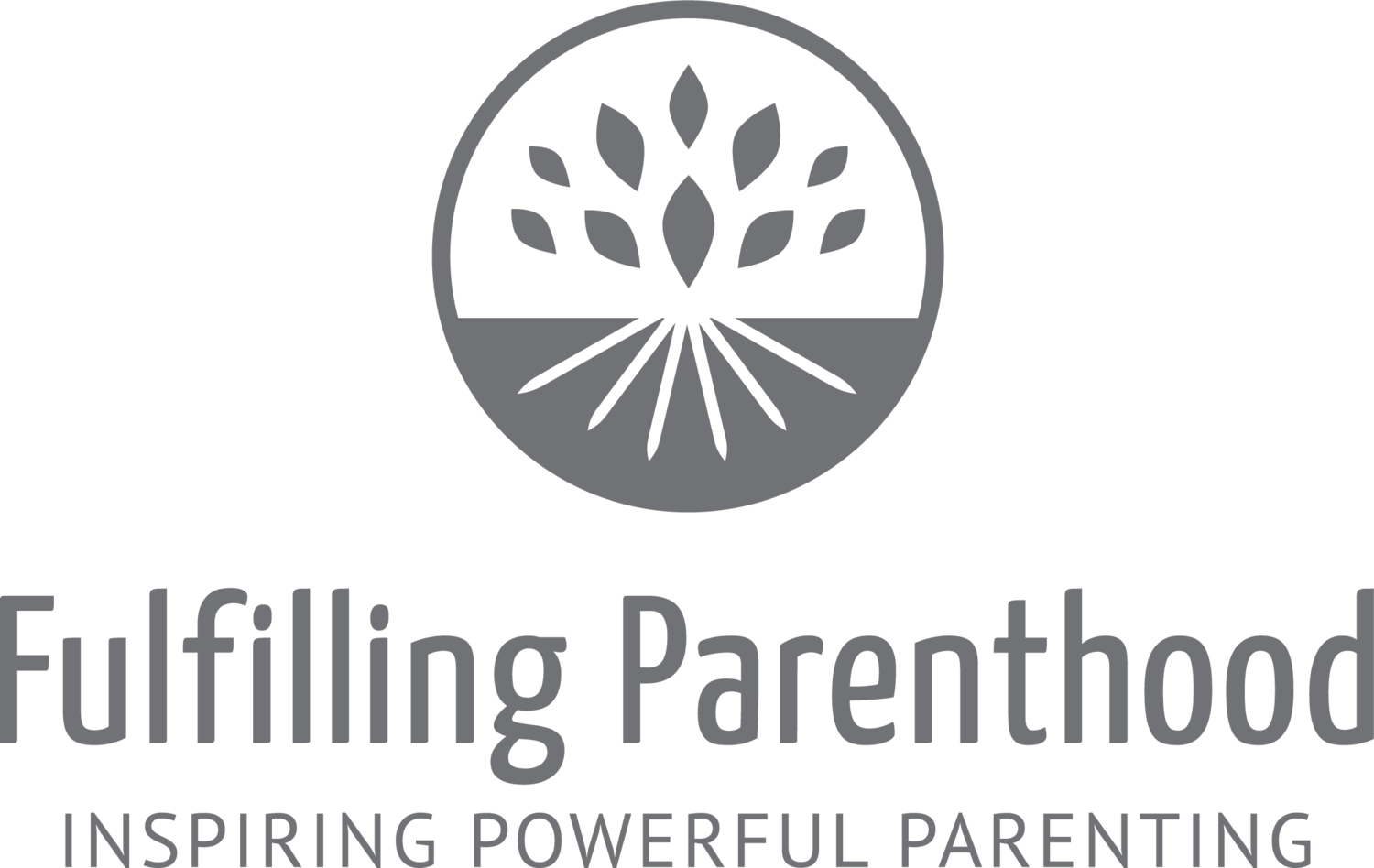My study of anger began when my daughter was small. Her expression of anger challenged me, and my own troubled me. I needed an easier relationship with anger to better serve us both.
The most useful of my learning about anger has come from the developmental psychologist Dr Gordon Neufeld's work on aggression. What follows is a summary of what I've learned from him about anger.
The core emotion of anger is frustration—something isn't working as we'd like. Unlike anger, frustration is free of judgment. When we add judgment to frustration we get anger, guilt, and shame. Anger = frustration + it's you're fault. Guilt = frustration + it's something I did. Shame = frustration + it's something wrong with me. When we are able to recognize these emotions as forms of frustration, it can be easier to experience compassion for ourselves and for the emotion to move us and move through us.
The purpose of emotion is to move us, and the emotion of frustration moves us in one of three ways:
We may be moved to try to change what isn't working for us. We want to fix it, renegotiate it, make it better, make it stop. But there are plenty of things that we can't change, people we can't bring back, circumstances out of our control.
What we can't change is meant to change us. In the face of futility, we're moved to sadness, disappointment, grief, to literal or metaphorical tears. We adapt. Nothing has changed, but everything is different. But there are circumstances where we can't cry, either because our sadness isn't welcome or because we've shut down to our softer more vulnerable feelings.
When we can't change or grieve the situation, we're moved to attack Aggression can take many forms. It can be hitting or screaming or shaming or blaming or shunning. It can be cutting words or sharp looks. It can be the inner voice that says, "that was stupid." It needn't be physical, nor even visible. Aggression is the energy of attack, whatever form it takes.
All three outcomes can be entirely appropriate reactions to frustration. The deepest resolution of aggression is sadness, which drains us of frustration and makes us more resilient. But change and attack can also provide resolution. When we're moved to change things, we hold boundaries, we stand for justice. When we're moved to attack and we avoid working harm, we can experience a powerful release (what we often call "venting").
The outlets of frustration can also be places we get stuck. If our sadness just touches our disappointment but doesn't fully grieve it, we might get stuck in weepiness. If our attempts to change are towards things that aren't possible or appropriate to change, we might get stuck banging our head on a wall or trying to arrange our lives to avoid hardship. If we're moved to attack but we're mature enough to control our impulses and other outlets are inaccessible to us, we may shut down feeling.
A clear understanding of frustration is key to making sense of our anger. Generally we start considering anger when we're moved to attack in ways that harm people. Having a view of the core of anger that takes in not only attack but also unresolved sadness, perseverating, attempting to fix everything, or being numb to our feelings, can give us better insight into our relationship with anger.

